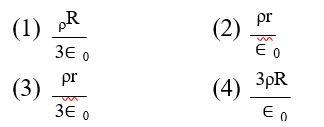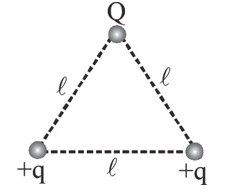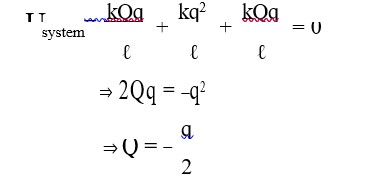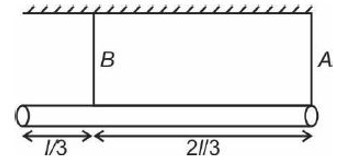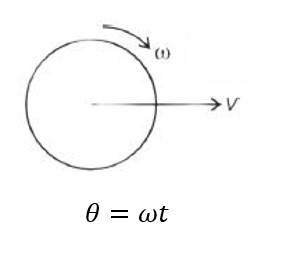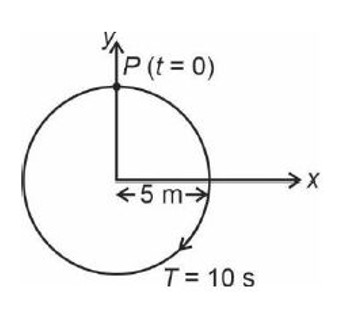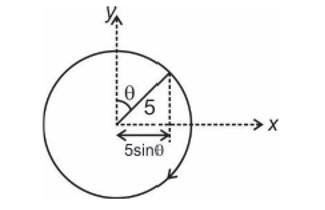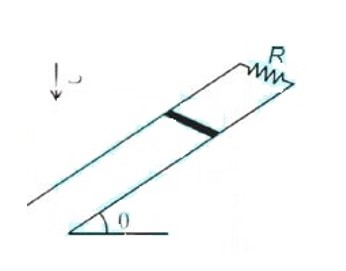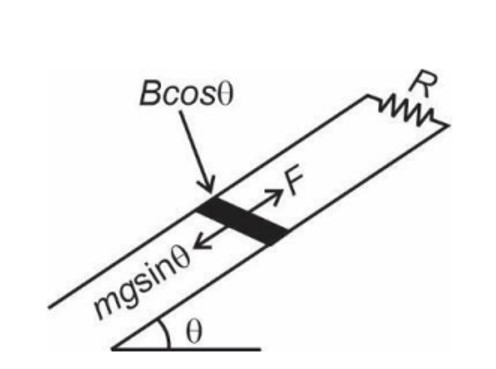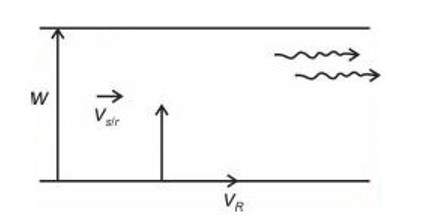Physics NCERT Exemplar Solutions Class 11th Chapter Eight
Get insights from 134 questions on Physics NCERT Exemplar Solutions Class 11th Chapter Eight, answered by students, alumni, and experts. You may also ask and answer any question you like about Physics NCERT Exemplar Solutions Class 11th Chapter Eight
Follow Ask QuestionQuestions
Discussions
Active Users
Followers
New answer posted
2 months agoContributor-Level 10
Inside a spherical shell gravitational field is zero, so net force acting on a particle placed inside it is also zero.
Total energy of a bound system is always negative.
Taking an Exam? Selecting a College?
Get authentic answers from experts, students and alumni that you won't find anywhere else
Sign Up on ShikshaOn Shiksha, get access to
- 65k Colleges
- 1.2k Exams
- 679k Reviews
- 1800k Answers

